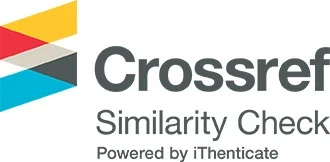الروح والنفس مقارنة مفاهيمية في ضوء الفلسفة والدين
الروح والنفس مقارنة مفاهيمية في ضوء الفلسفة والدين
DOI:
https://doi.org/10.65137/ejhs.v31.113Keywords:
الجسد, الروح, القرآن, النفسAbstract
The issue of the soul and the spirit is a prime query in understanding human life, since they provide the basis for life and consciousness and are central to both philosophy and religion. Despite their constant presence in intellectual activity, their meaning is left open to interpretation and controversy, and thus study of these words is imperative to an improved understanding of human nature.
This study aims to contrast the concepts of the soul and the spirit, research their relation with the physical body, and clarify the semantic distinction between them. The significance of this study lies in its convergence with religion, philosophy, and psychology, and its role in constructing a comprehensive understanding of human nature from an Islamic point of view.
The research utilizes an analytic approach to unpack concepts and criticize corresponding texts, along with a comparative method to contrast philosophical positions against the Qur'anic perspective, to highlight differences and originality in every position.
The conclusions express a keen semantic contrast between the spirit and the soul: the spirit is the divine energy of life, while the soul is the cognizant being responsible for its activities. The study also touches upon the novelty of the Qur'anic concept of the soul, its hierarchical structure, and its ethical role. Furthermore, it offers the balance Islam establishes between the body and the spirit, avoiding the extremes of prioritizing one over the other.
The study recommends future research in Islamic psychology and the development of therapeutic and educational models based on the Qur'an, and encouraging future studies into related issues such as consciousness, free will, and immortality.
Downloads
Downloads
Published
Issue
Section
License
Copyright (c) 2025 Elmergib Journal of Human Sciences

This work is licensed under a Creative Commons Attribution-NonCommercial 4.0 International License.







